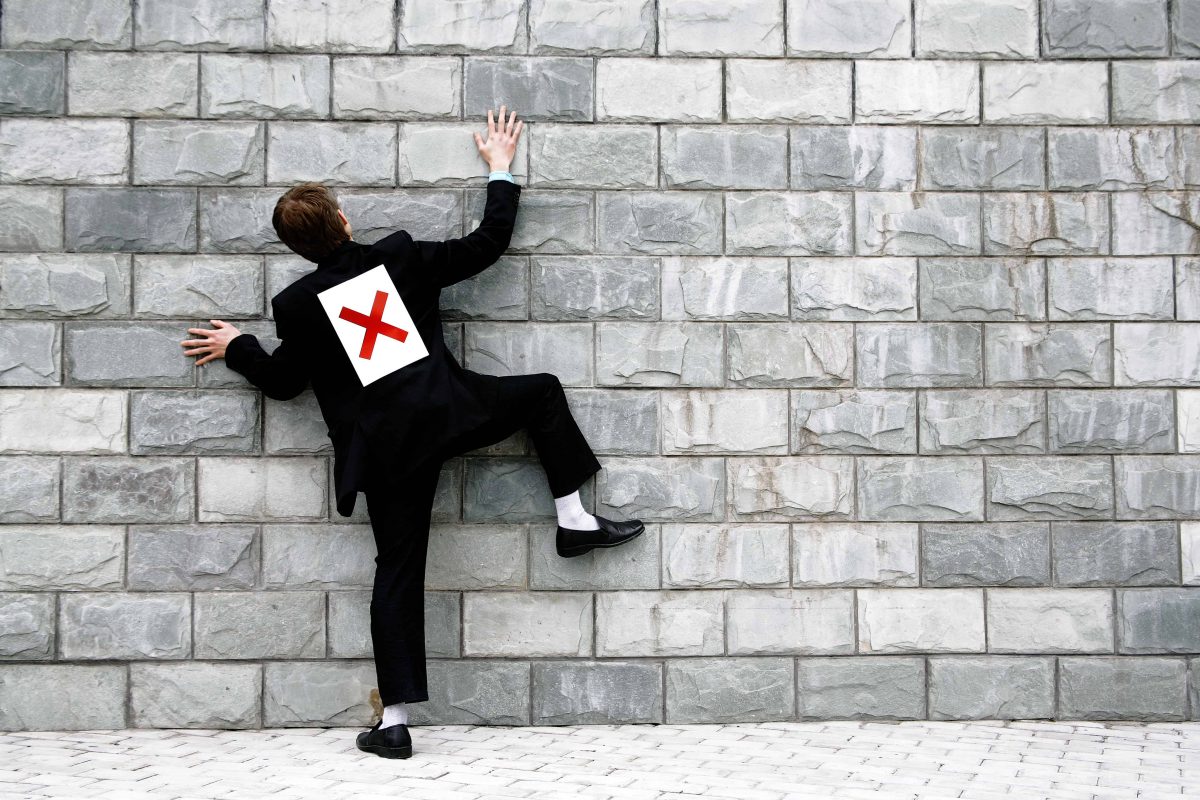A few days ago I was having a discussion about incompetence. It made me think and wonder if incompetence is really something we do on purpose. For a lot of people it is also about they don’t know what they don’t know and hence calling them incompetent seems largely unfair.
In learning and in psychology, you have the description of how unconscious incompetence can be moved to competence. It starts with being in a state of oblivion and then moving on to the realisation that you are missing a skill , which makes you consciously incompetent. Then as you start learning pass through conscious competence until you have achieved mastery, where it is more a case of using your developed skill without having to stand still and think about it.

How can gamification help in this journey towards competence
In most of our learning gamification designs, I start with a knowledge test or practical test to raise either the aha-insight that the individual still has something to learn or to point out in what areas they may be missing a trick. When we are dealing with a subject, where a lot of people think they know it all such as compliance, for example, this technique can be used to have them prove they know it all so they don’t have to go through a whole course again. Either way, whether they take the course or prove themselves knowledgeable, you have achieved your compliance exercise.
In soft skills areas or other subjective fields such as design, incompetence may simply be the result of not knowing there are other ways or hitting blind spots that have never been brought to people’s attention.
If we want to stimulate a change of any kind, I find that it needs to start with awareness. Awareness through gamification can be raised through the means of self-assessments, quizzes, feedback loops, scoring, consequences for choices made, etc. When this is done at the start of a training program, I also want to make it easy to complete and thought-provoking.
If we don’t take this step, then the feeling that a person is wasting valuable time on a course they have to take may prevail and limit what is learned. The stronger the desire to learn, the easier it is to bring the individual on the journey. Knowing the reason why they want to or ought to master the skill then brings in the additional scope for gamification to be effective or not.
If someone must complete something, things like progression bars, milestone achievements and fun coaxing to get them to the finish are more helpful than a full-blown story. For someone with a deep passion to master something fully, the scope for multiple tracks to explore and discover may be the appropriate way forward. Feedback on progress and skills development are useful for both.
Creativity in gamification design is driven by the knowledge you have about your learner and their reasons for engagement. Not everyone will have to get to the point of unconscious competence, but maybe competence alone is enough.
Most learners crave the feedback on their skills competence. In traditional education, this comes through examinations and practical tests to verify that you can recall what you have learned. In a corporate setting, it comes more through putting it into practice when you are faced with a scenario that requires this skill.
For example, if I am learning about moving and handling people, my first step is to often realise what I am doing wrong, then unlearning and re-learning the correct way. Putting it into practice with patients then is your ultimate proof of skill. When you are consistently keeping yourself and your patient out of harm whilst moving them, then you know you are on the path to mastery.
Most companies would not ask people to count how many times per day you lifted somebody, but in a gamified setting, we could imagine that this is counted and works towards your ratio of mastery. The ratio would come done when an incident occurs, when either you or your patient become injured or fall, etc. An easier ratio to calculate may simply be reported incident rather than tracking every lift or move. Saying that individual personalised feedback is typically more meaningful than generalised feedback for a whole ward or team. I would expect wearable devices to soon be able to measure our movements and ask you to simply tap to acknowledge a move with an add-on question of was it successful.
For most knowledge acquisition the path to mastery or realisation of mastery sneaks up on people without any conscious prompt. If you think back to learning to drive a car, the learning process was conscious, but are you today thinking about how to drive or just doing it. The same goes for walking, cycling and many other things we now can do nearly on automatic pilot. When you have hit that state you have hit true unconscious competence or mastery.
https://gamificationnation.com/what-do-you-need-to-develop-a-corporate-boardgames-for-communication-and-education-purposes/




